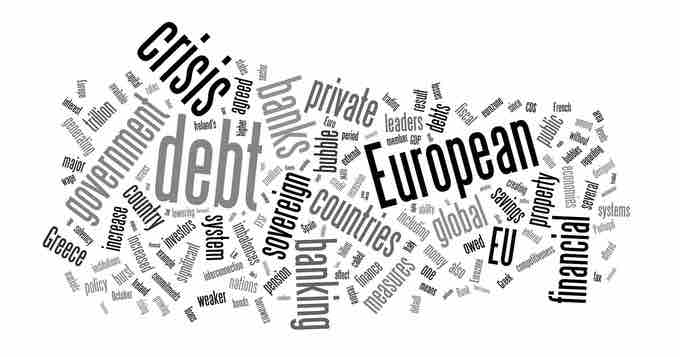Elements of Speech Communication: The Message

The Message
What is the message you're trying to get across to your audience?
No matter which model of communication you study, every model includes the most important element of all: the message. You can't have communication without a message. The word "message" actually comes from the Latin mittere, "to send. " The message is fundamental to communication.
With regard to public speaking and speech communication, your speech is your message. But you may have other intentions for your speech as well: the message behind the message. Perhaps you have a singular goal, point or emotion you want your audience to feel and understand. Every single word that you use to craft your speech then, works to achieve that singular goal, point or emotion.
As the sender, the speech writer and speech giver, you may also be getting messages back from your receivers: your audience. This is what's known as feedback, when the receiver sends a message of response back to the sender. In this way, messaging becomes a dynamic conversation of feedback as the sender sends his or her message to his or her audience, receives feedback from the audience, and then adjusts the message accordingly based on said feedback.
Messages can be sent both verbally and non-verbally. You can say one thing with your words, but depending on how you say it and the non-verbal cues such as posture and eye contact, you may send an entirely different message to your audience. That said, it's important to consider all aspects of your overall message, from verbal to non-verbal to the meaning and message behind the message, when crafting your speech.